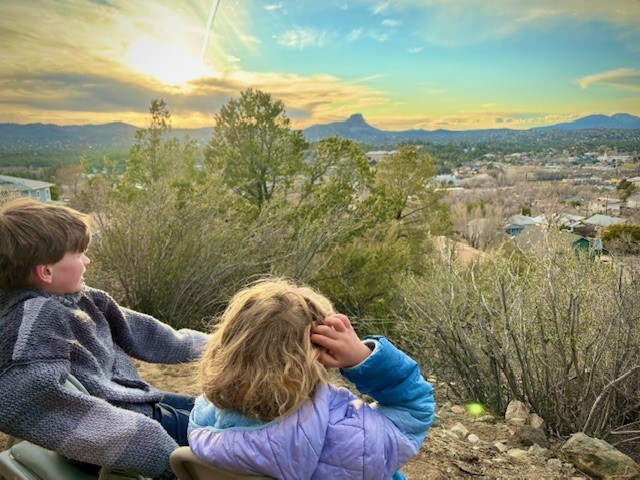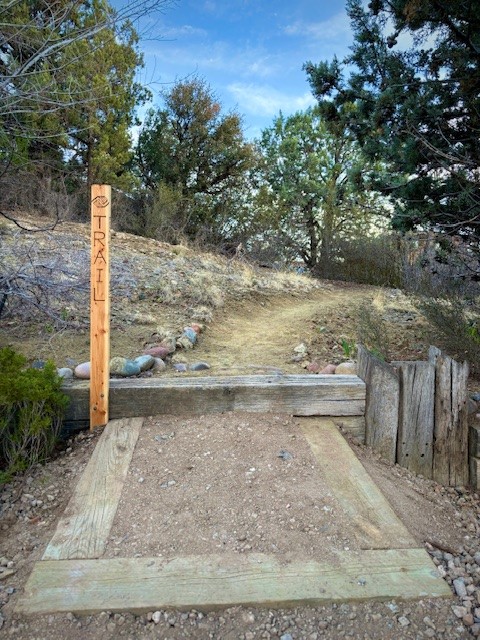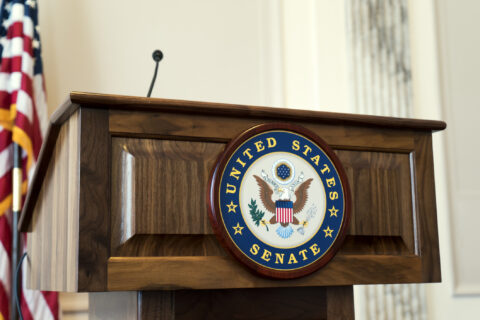The week of April 6 was the Week of the Young Child. Originally started by the National Association for the Education of Young Children, it is a week dedicated to celebrating early learning, young children, their teachers, and families. April is also Earth Month.

The City of Prescott, Arizona, is a perfect reminder of why we should celebrate both events through local city action. Prescott’s equity mapping project is a story of collaboration, partnerships, and the importance of supportive leadership.
The City of Prescott joined the Cities Connecting Children to Nature (CCCN), a joint NLC and Children & Nature Network initiative with a focus on Early Childhood Nature Connection. As part of that cohort, Prescott embarked on an equity mapping project to better identify where young children had less access to nature so they could make more informed decisions about where to invest resources.
Prescott took advantage of a catalytic grant from CCCN to conduct a GIS mapping and data analysis project. This equity mapping project helped identify the opportunity to create the new nature trail. The City’s Recreation Services partnered with nonprofit organizations to build a new trail, taking advantage of undeveloped city property that connected a local Boys & Girls Club with access to a local playground and outdoor education programs. GEM Environmental led a youth crew whom they trained with Leave No Trace principles to build the trail. The project did not cost the city anything. Instead, it achieved multiple city goals, including increased access to nature for young families.
The new nature trail is only one example of what the City hopes to use the maps to achieve. According to Prescott’s Outdoor Learning Coordinator Ellen Bashor, the GIS equity maps came at a perfect time. Bashor hopes the maps will also be used to inform commitments in the city’s next 15-year general plan and the Recreation Department’s first-ever strategic plan.
With the support of CCCN, Prescott’s park rangers created the maps because they wanted to give technical language to what they were hearing from local families– that there was a lack of safe access to nature for families with young children. The lack of park access was not a social situation. It was infrastructural and system-based, and the equity maps proved it.

It is encouraging to know that the city’s Recreation Services department is now using those maps to identify areas where they can bring partners together to collaborate on shared goals for outdoor learning and recreation for children.
These maps would not have been created without city leadership identifying outdoor education and nature access as a priority. One example of this is the creation of Bashor’s position as Outdoor Learning Coordinator. This position is a co-funded position between the City of Prescott and Prescott Unified School District, which began during the COVID-19 pandemic and evolved to fill gaps related to outdoor education, community health, early childhood education, and parent education.
“Experiential outdoor learning helps students to learn more deeply and to retain key information longer. The academic, emotional, and physical benefits to our kids are clear. Outdoor education is a vital part of our mission.” – Clark Tenney, Superintendent of Prescott Unified School District and Bashor’s supervisor
Without the commitment from the city and school district to co-fund an Outdoor Learning position much of this work would likely not happen. Leadership can make decisions about staffing, resource allocation, and commitments to achieving specific goals. These decisions then have effects on staff capacity, project allocation, and focus. This new nature trail is just one manifestation of what is possible when there is a commitment to shared goals, openness to collaboration, and a nudge from local leadership. Let’s make these actions possible every year as a way to celebrate the Week of the Young Child and Earth Month.
Learn More about the Week of the Young Child
See what city leaders are saying about the Week of the Young Child and the importance of municipal leadership on the issues facing children and families.









